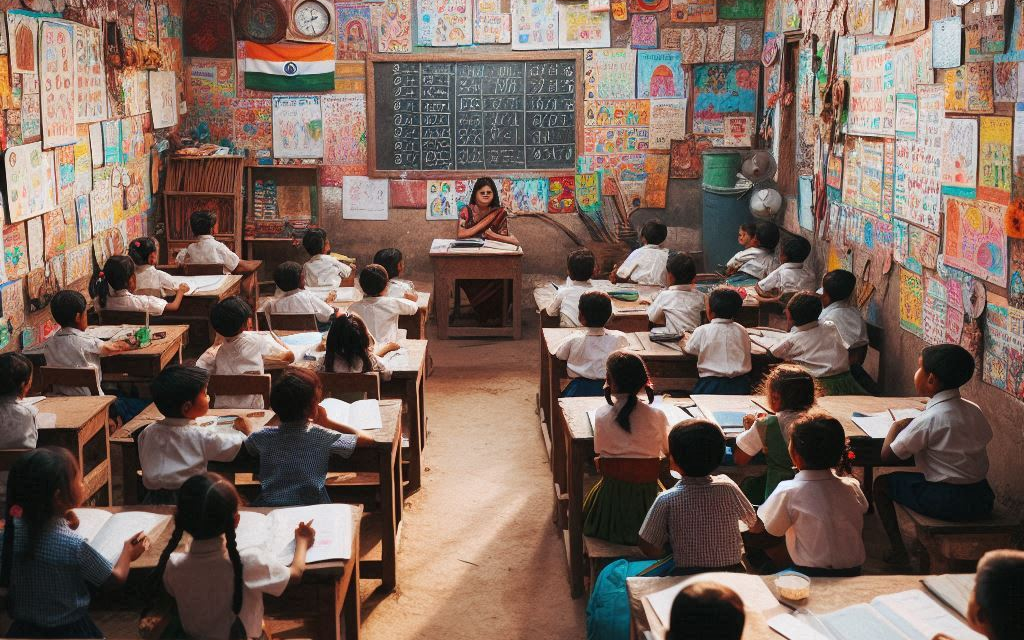
Teaching in an elementary school classroom within a slum environment presents a unique set of challenges and opportunities that differ significantly from those found in more affluent areas. These classrooms are often characterized by a lack of resources, overcrowded spaces, and students facing various socio-economic hardships. However, they also offer teachers the chance to make a profound impact on their students’ lives.
The Challenges
One of the most pressing challenges in these classrooms is the scarcity of resources. Many schools in slum areas operate with limited supplies, outdated textbooks, and inadequate infrastructure. Teachers often have to be resourceful, using whatever materials they can find to create a conducive learning environment. The lack of access to technology can also hinder students’ ability to keep up with modern educational standards.
Another challenge is the socio-economic background of the students. Many children come from families struggling with poverty, which can lead to issues such as malnutrition, absenteeism, and a lack of support for education at home. These factors contribute to learning difficulties and lower academic performance, making the teacher’s role even more critical.
The Rewards
Despite these challenges, teaching in a slum can be incredibly rewarding. Teachers in these environments often develop a deep bond with their students, as they become not only educators but also mentors and role models. The impact a dedicated teacher can have on these children’s lives is profound, offering them hope and a path to a brighter future.
Moreover, the resilience and determination of the students can be a source of inspiration. Many children in slums exhibit a strong desire to learn and succeed, despite the odds stacked against them. Witnessing their progress and knowing that your efforts have played a part in their growth can be one of the most fulfilling aspects of the job.
Strategies for Success
To thrive in a slum classroom, teachers need to employ creative strategies. Building strong relationships with students is essential; understanding their personal challenges allows teachers to tailor their approach to meet individual needs. Incorporating interactive and hands-on learning can also engage students who might struggle with traditional methods.
Additionally, teachers must advocate for their students, seeking out resources, community support, and partnerships with NGOs or local businesses that can provide additional assistance. By creating a network of support, teachers can help bridge the gap between what is available and what is needed.
Teaching in an elementary school classroom in a slum is no easy task, but it is one that comes with significant rewards. The challenges faced by both teachers and students in these environments are considerable, yet the opportunity to make a meaningful difference in a child’s life is unparalleled. With creativity, compassion, and determination, teachers can transform these classrooms into spaces where hope and learning flourish.
